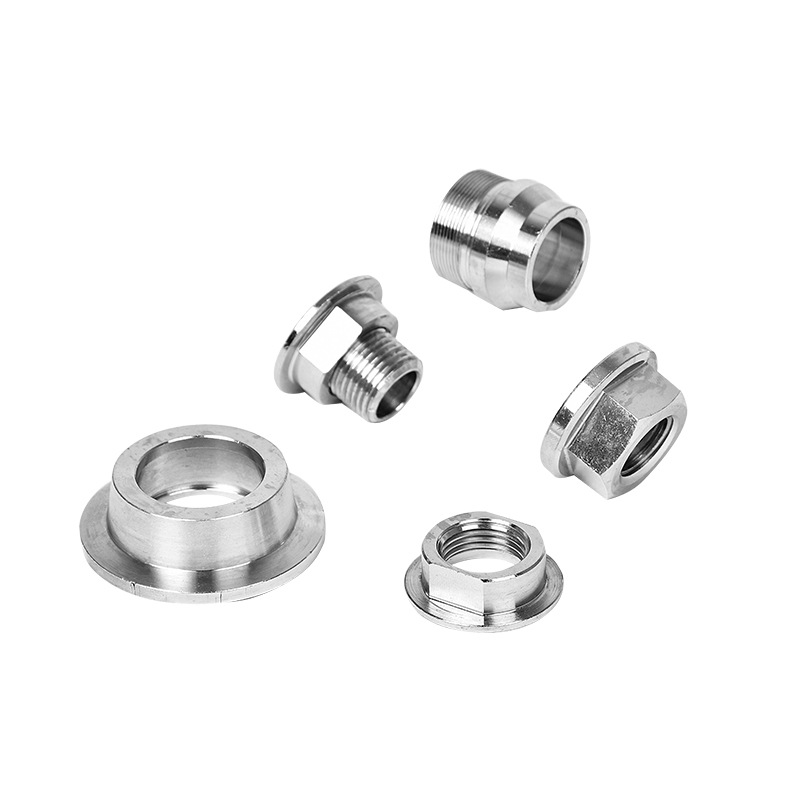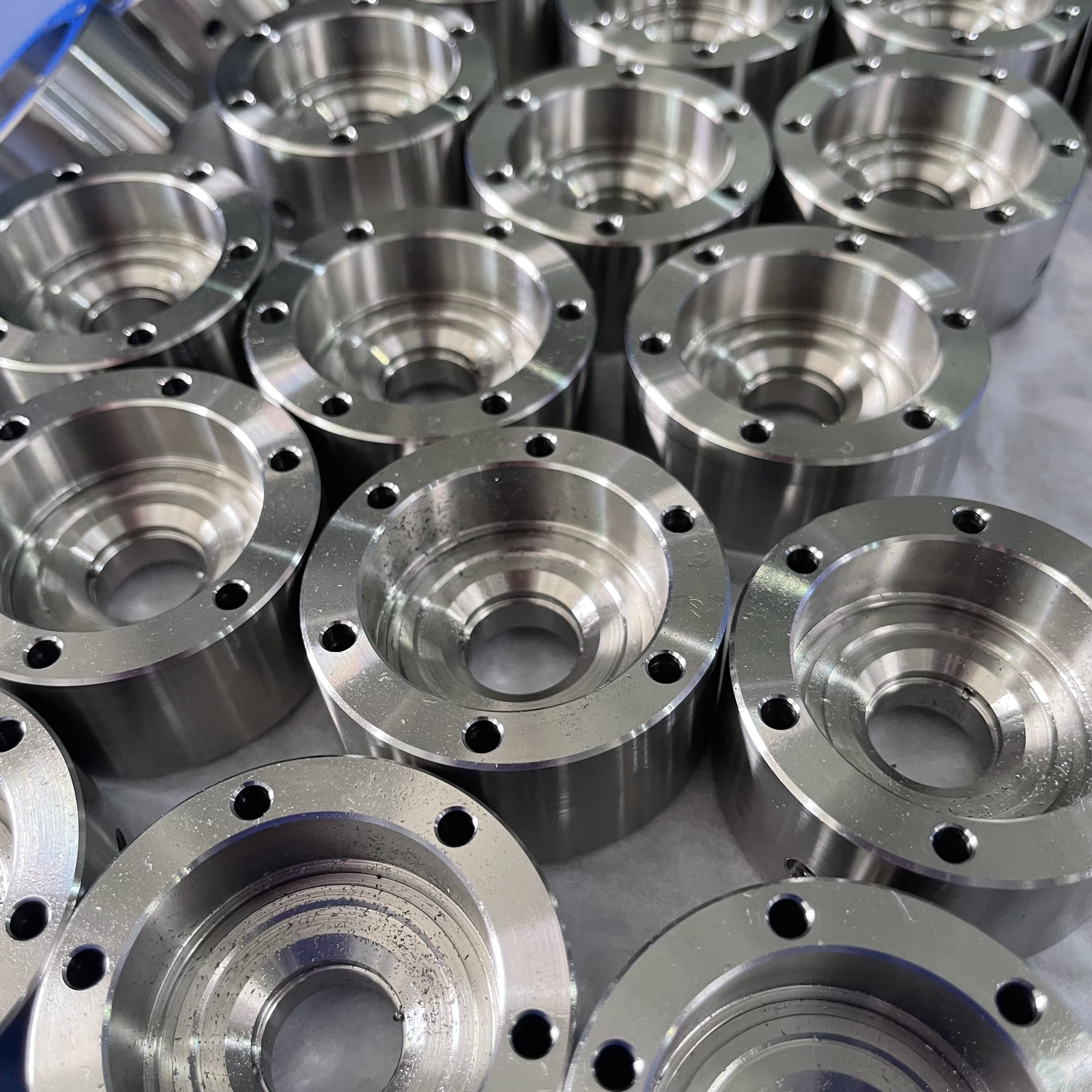Mastering CNC Turning: Everything You Need to Know

Understanding CNC Turning
CNC turning is a precise manufacturing process that involves shaping materials using computer-controlled machines, commonly known as CNC lathes. These machines are specifically designed for creating cylindrical components with high accuracy and consistency. The process of CNC turning, also referred to as precision turning, plays a crucial role in the production of various mechanical parts and components used in a wide range of industries.
CNC Turning Machine Varieties
When it comes to CNC turning machines, there are various types that cater to different manufacturing needs. Here's an overview of the different varieties and the advantages they offer over traditional manual turning methods.
Types of CNC Turning Machines
CNC turning machines come in various forms, including Swiss-style lathes and multi-axis lathes. Swiss-style lathes are known for their ability to perform complex and intricate operations with high precision. On the other hand, multi-axis lathes are capable of machining cylindrical components from multiple angles, allowing for more intricate and versatile designs.
Advantages of CNC Turning Machines
The advantages of using CNC turning machines over traditional manual turning methods are significant. These machines offer enhanced precision, consistency, and efficiency in production processes. Additionally, CNC turning machines can handle a wide range of materials with ease, providing manufacturers with greater flexibility in their operations. The automated nature of CNC turning also reduces the risk of human error, leading to higher quality output and increased productivity.
Selecting Materials for CNC Turning
Suitable Materials for CNC Turning
When considering materials for CNC turning, it's essential to understand the characteristics of suitable options. Metals such as aluminum, brass, steel, and titanium are commonly used due to their machinability and durability. These metals offer excellent thermal conductivity and strength, making them ideal for a wide range of applications. Additionally, plastics like nylon, acrylic, and polycarbonate are also suitable for CNC turning processes. These materials provide versatility in design and are often chosen for their lightweight properties.
Considerations for Material Selection
Durability and machinability are key factors to consider when selecting materials for CNC turning. The chosen material should be able to withstand the intended application's environmental conditions and mechanical stresses while maintaining dimensional stability. Machinability is equally important as it influences the ease of shaping the material into the desired components without excessive tool wear or production delays. Balancing these considerations ensures optimal performance and efficiency in the CNC turning process.
CNC Turning Process and Programming
Key Components of CNC Turning
In the CNC turning process, several key components work together to achieve precise and efficient machining. Understanding these components is essential for mastering CNC turning.
Spindle: The spindle is a crucial component that rotates the workpiece at high speeds. It holds the material being machined and allows for accurate shaping and cutting operations.
Tool Turret: This component holds various cutting tools that are used during the turning process. It enables swift tool changes, contributing to enhanced efficiency and reduced downtime.
Control System: The control system serves as the brain of the CNC turning machine. It interprets programming instructions and coordinates the movement of the spindle and tool turret, ensuring precise execution of machining operations.
These components work in harmony to deliver consistent, high-quality results in CNC turning processes, making them indispensable in modern manufacturing operations.
Programming CNC Turning Machines
Programming CNC turning machines involves utilizing advanced software and techniques to optimize production processes. Machinists use Computer-Aided Manufacturing (CAM) software to generate toolpaths and determine cutting parameters such as speed, feed rate, and depth of cut. This programming ensures that the machine operates with precision and efficiency while producing accurate components according to design specifications.
Expert Tip: Efficient programming not only enhances productivity but also minimizes material waste and reduces production costs significantly.
By mastering the programming aspect of CNC turning machines, manufacturers can unlock their full potential for creating intricate parts with exceptional accuracy.
Ensuring Quality in CNC Turning
Quality control is a critical aspect of CNC turning to maintain precision and consistency in the production of components. Implementing stringent quality control measures ensures that the manufactured parts meet the required specifications and standards.
Quality Control Measures
In CNC turning, quality control measures encompass various inspection techniques such as dimensional checks, surface finish assessment, and tolerance management. Advanced metrology tools like Coordinate Measuring Machines (CMM) are utilized to verify the accuracy of dimensions and geometries of machined components. Additionally, rigorous adherence to quality standards throughout the manufacturing process helps identify and rectify any deviations promptly, ensuring that only high-quality parts are delivered to customers.
Applications Across Industries
The applications of CNC turning span across diverse industries, including automotive, aerospace, and medical device manufacturing. In the automotive sector, CNC turning is instrumental in producing precision-engineered components for engines, transmissions, and steering systems. Similarly, in aerospace manufacturing, CNC turning plays a vital role in creating complex and lightweight aircraft parts with exceptional accuracy. Furthermore, the medical device industry relies on CNC turning for fabricating intricate components used in life-saving equipment and surgical instruments.
By upholding strict quality control measures, CNC turning continues to drive innovation and excellence across various industrial sectors while meeting stringent performance and safety requirements.
Future Trends in CNC Turning
As CNC turning technology continues to evolve, several future trends are expected to shape the landscape of precision manufacturing. Advancements in automation, precision engineering, and integration with digital manufacturing processes are poised to revolutionize the CNC turning industry. The incorporation of automation technologies will streamline production processes, leading to increased efficiency and reduced lead times. Furthermore, the focus on precision engineering will drive the development of cutting-edge tools and techniques for achieving unparalleled accuracy in CNC machining. Additionally, seamless integration with digital manufacturing processes will optimize workflow management and enhance overall productivity.
These trends collectively represent a significant leap forward in the capabilities of CNC turning, paving the way for a new era of innovation and excellence in precision manufacturing.
See Also
Becoming an Expert in CNC Milling: All You Must Understand
The Definitive Manual for CNC Milling Services: All You Must Know
Newcomer's Guide to CNC Turning: Demystifying Precision Machining
Understanding CNC Machining Services: Techniques for Turning and Milling
Tianjie CNC: Advancing Industries through Precision Machining and CNC Solutions
About US
Follow Us
Your prototype holds unparalleled significance, and we deeply value its uniqueness. Collaborating with you during the preparation phase for running your prototype or parts is a commitment we gladly embrace. Whether it's a single part or a complex assembly, we are dedicated to selecting the optimal tools and pathways to bring your envisioned product to life.
At Precision Fab CNC Machining, we specialize in producing parts for prototypes, short runs, and high-volume production. Our prototyping machine capabilities extend across metal, plastic, and wood machining, with welding fabrication services available to complement and finalize your prototype if required.
Address
Address: Room320 10F, Building A,Nanshan international building, Dayawan District, Huizhou, Guangdong, 516001 China
Contacts
billy@timaycnc.com

